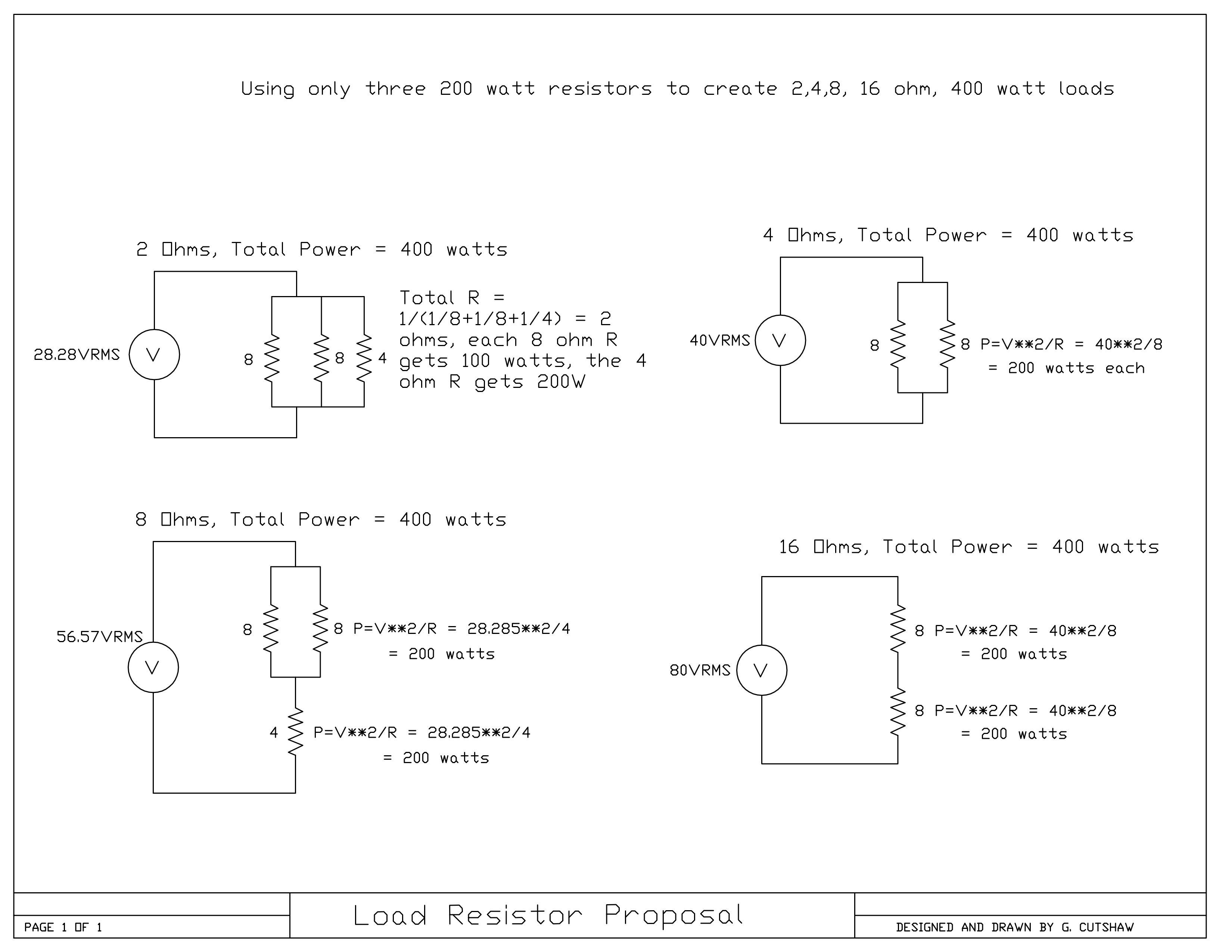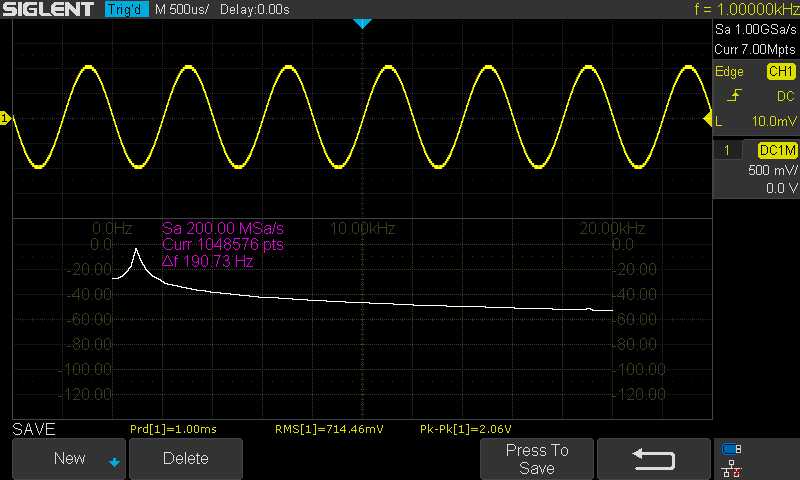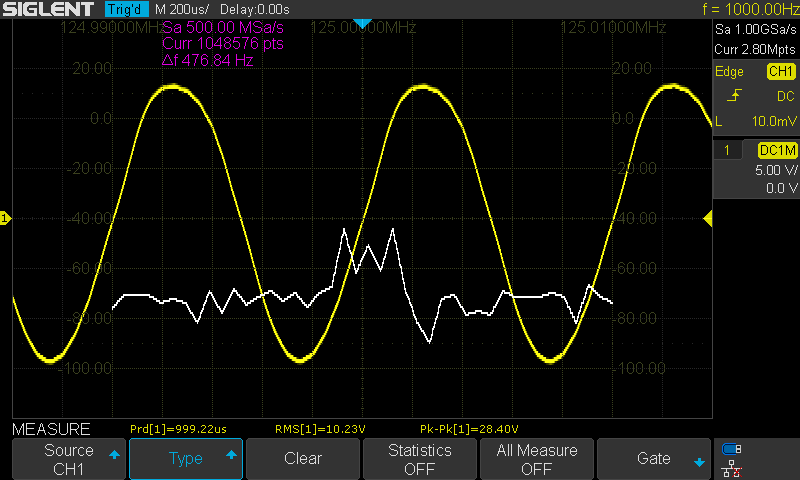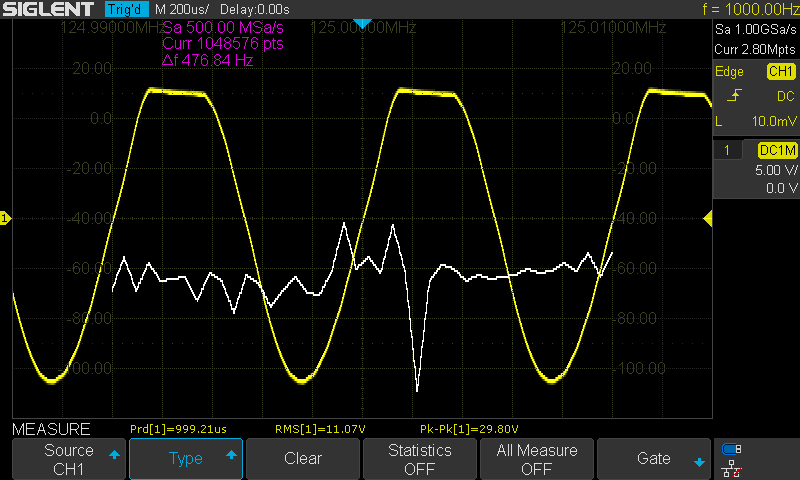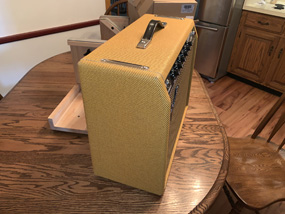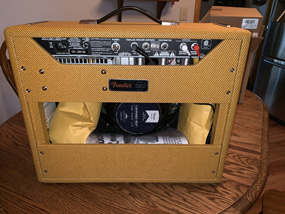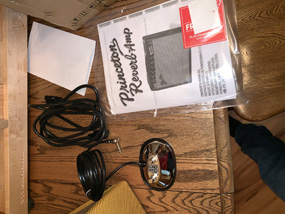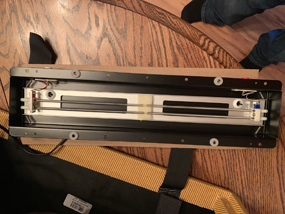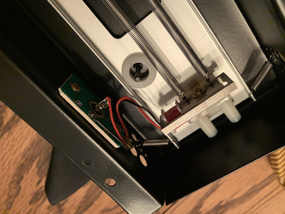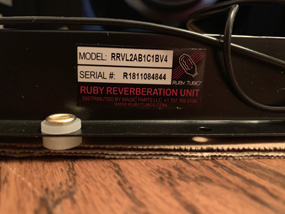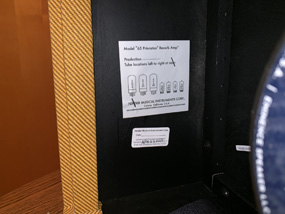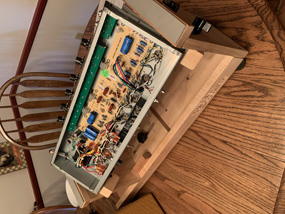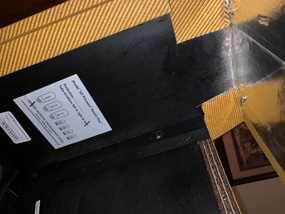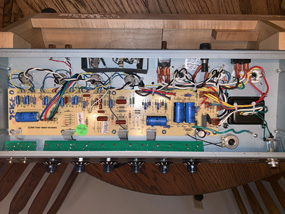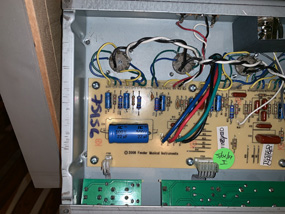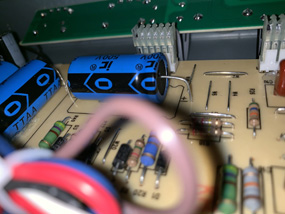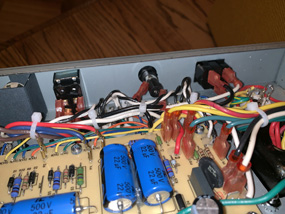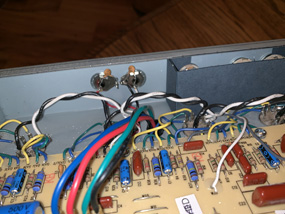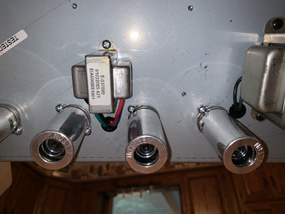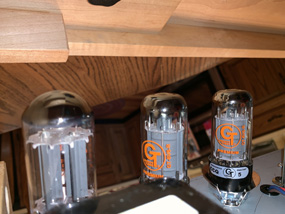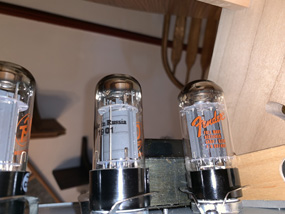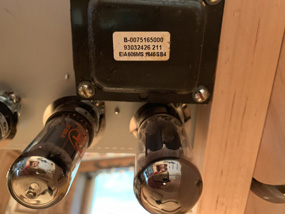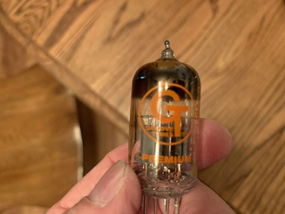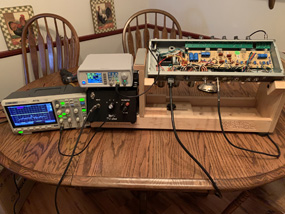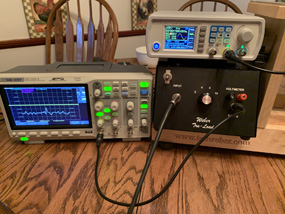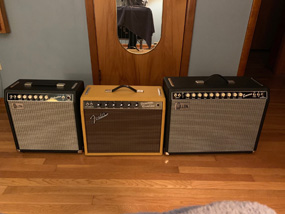Sweetwater Tweed Princeton Reverb Review
|
I picked up this amp from Sweetwater a few weeks ago. It's offically entitled "Fender '65 Princeton Reverb 15-watt 1x12" Tube Combo Amp - Lacquered Tweed"
and can be viewed on the Sweetwater site:
OK, so this is just another variation on a circuit board based resissue Princeton Reverb right? Well as you can see in the internal pics below, it IS a circuit board based amp for both the main circuits and the controls. What I really love about the amp to start with is the tolex finish coupled with the vintage-style brown and gold grille cloth. It is absolutely gorgeous! The matching brown faceplate is a nice touch and shows great attention to detail! The cabinet build is solid and there are no flaws or workmanship errors in the one I received. The other big deal about this amp is the fact that it comes with a 12" speaker and not not just any speaker but the well regarded Eminence Cannabis Rex Patriot Series 12" 50-Watt 8 ohm speaker. See it and the great reviews it gets here:
See speaker at Sweetwater
See Hemp Dog speaker at Sweetwater
See Mod reverb tank
|
|

|
| A full song recording with real pedal steel, lead guitar, bass, rhythm guitar, EZDrummer drums, and RealBand (BIAB) piano and fiddle. All pedal steel and guitar parts are played through the Princeton amp and mic'd with a Shure SM57. |
| Click here to listen to Think I'll Just Stay Here And Drink |
|
|
Sound SamplesHere's some sound samples. All pedal steel samples use the Lehle volume pedal with 12' of George L's cable between the amp and volume pedal to roll the highs off a bit, Fender Princeton amp with a Shure SM-57 mic, onto a Zoom R24 recorder then ported to Reaper to convert them to mp3 files at 320 kbps. The samples are very raw and close to what I hear sitting next to the amp. The guitar samples omit the Lehle volume pedal. My initial amp settings (subject to change):
|
|
Selection
|
Recording Method
|
Comments |
|
Shure SM57
|
Pedal Steel - E9th - Sample 1 | |
|
Shure SM57
|
Pedal Steel - E9th - Sample 2 | |
|
Shure SM57
|
Ibanez ArtStar AS-153 Sample 3 | |
|
Shure SM57
|
Reverb/ Vibrato Demo - Sample 4 | |
|
Shure SM57
|
Epiphone Les Paul with Gibson Pickups - Sample 5 | |
|
Shure SM57
|
Fender Player Tele - Sample 6 | |
|
Shure SM57
|
Tube Screamer - Sample 7 |
|
Bench Testing and Accessories
Here's a schematic I traced out showing the added switch (click on picture for full size pdf file):
Note that you can save some money by just buying discrete resistor loads. Also its possible to use only three 200 watt resistor to creat 2,4,8 and 16 ohm loads at 400 watts each! This is pretty cool and you can click on the picture below to see my implementation of it using simple ohm's law calculations.
For bench testing I used an audio signal generator, 200 MHZ digital scope, variac set at 122 VAC with the dummy load set at 8 ohms. A tube amp will deliver maximum power to it's load when the load matches the amp's internal impedance. A lower or higher load will result in a lower power output to the load but can result in useful damping transient and tone changes in actual use. Note that a 3 db increase in audio level only yields a slight increase in audible volume but requires twice the power! Similarly a 6 db increase requires 4 times the power and a 10 db increase requires 10 times the power but will sound twice as loud. Nevertheless, amps are heavily marketed based on wattage and it's hard to convince buyers that whether an amp is 10 or 20 watts or even 40 watts really doesn't much matter in terms of sound levels. Going from 40 to 300 watts for example is a useful power change if you need higher sound levels.
The first picture below shows the amp delivering a fairly clean 13.1 watts with a 400 mV peak to peak input signal at 1 khz. Most passive pickups that I've seen put out between 90 and 400 mV.
The 6V6 plate voltages are at 406 volts and the tubes are biased at 21 mA. The plate voltage is at 446 VDC with no signal input so some serious power supply sag occurs at higher volume levels
resulting in really cool sounding compression.
The next picture shows the amp delivering 15.3 watts when pushed into output clipping.
![]()
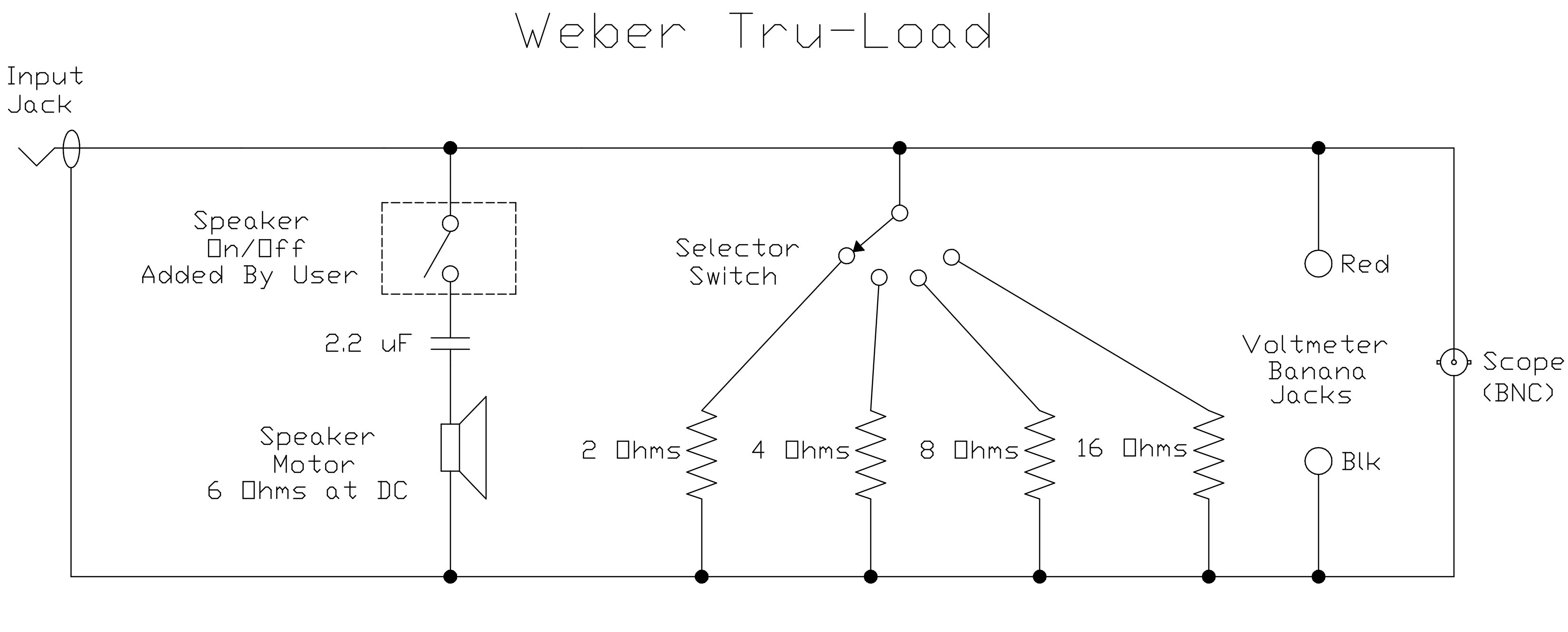
For my setup I used a sub $100 audio generator and it's pretty amazing. You can see the waveform purity immediately below and pictures of the setup far below. The scope has a somewhat useful FFT (Fast Fourier Transform) function that shows a frequency domain representation of the signal. What is REALLY cool about the scope is that it calculates the RMS value of the waveform allowing for accurate output power calculations of various waveforms. A square wave will have a lot higher power output than a sine wave at the same frequency. Thus, as the amp starts to get pushed out of it's linear region , you can get more watts of RMS power out of it.
|
|
There are quite a few pictures below. Click on them to see them full size or at least sized to a browser window. Click on the picture again if needed to zoom in even more!
Comments? email webmaster Greg
|
